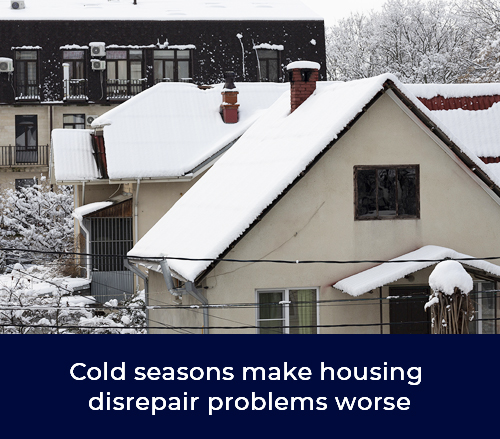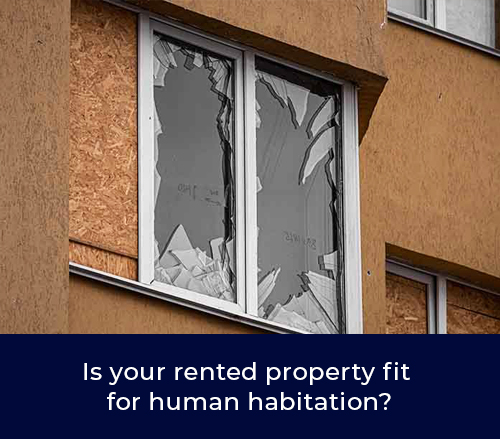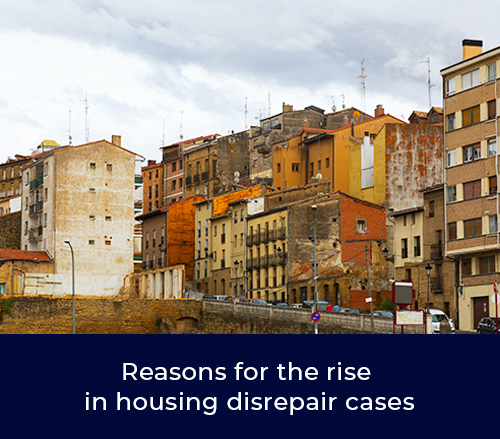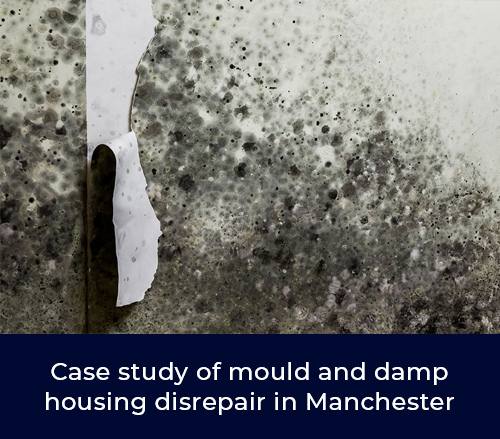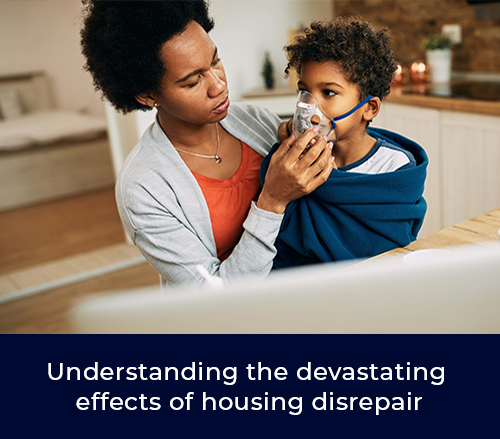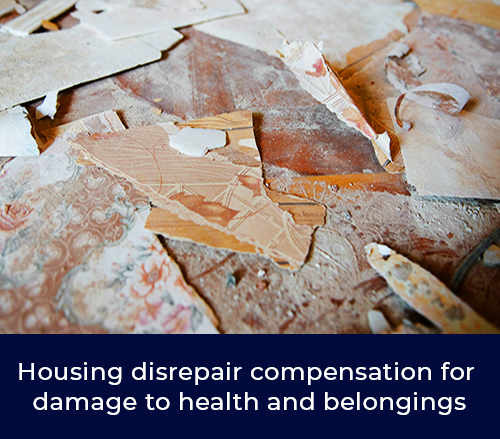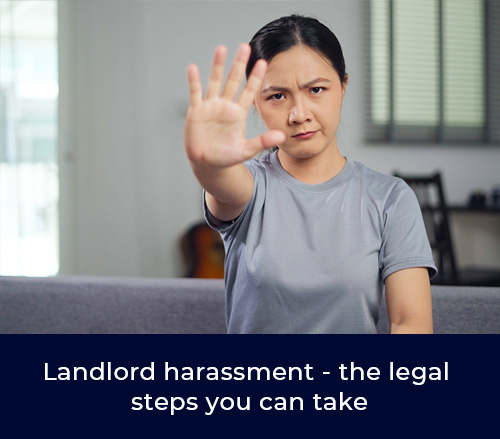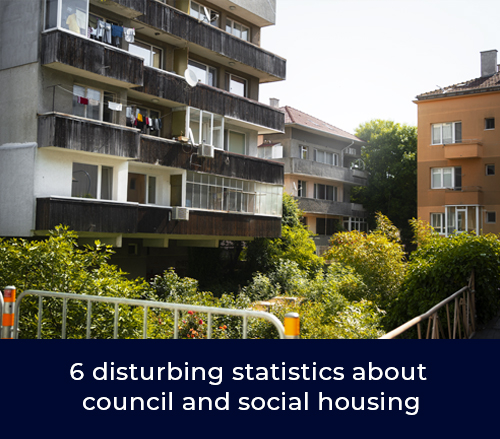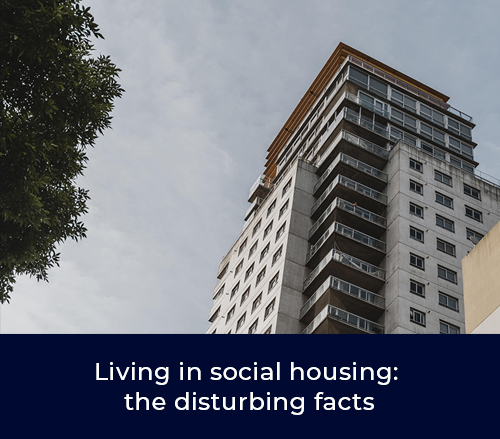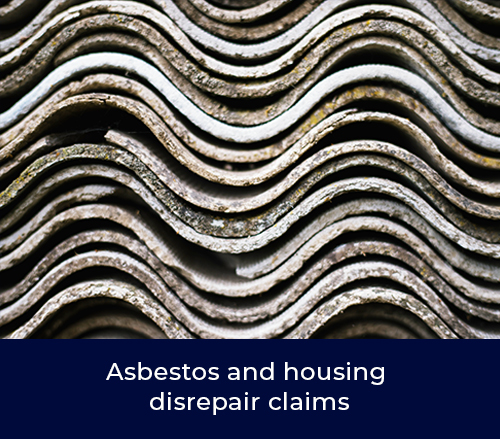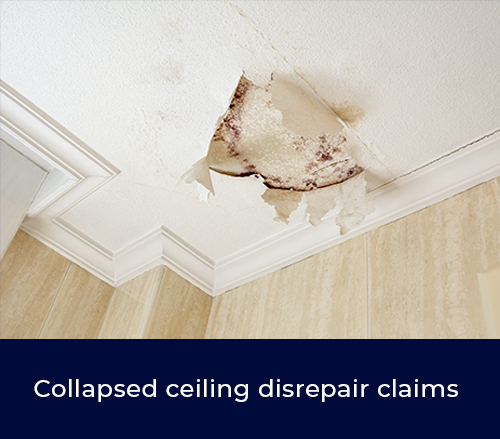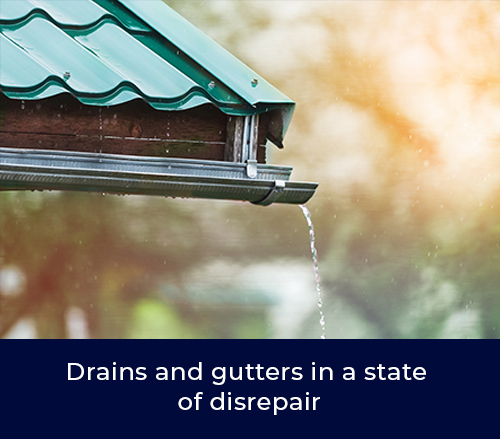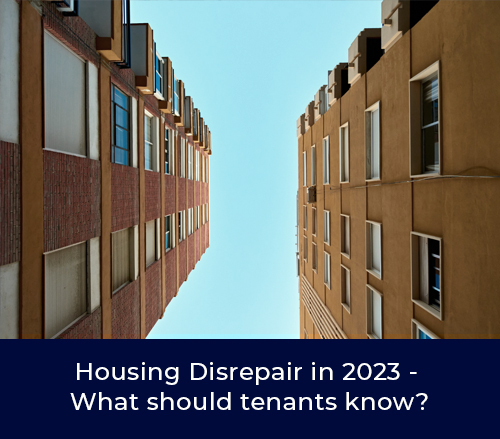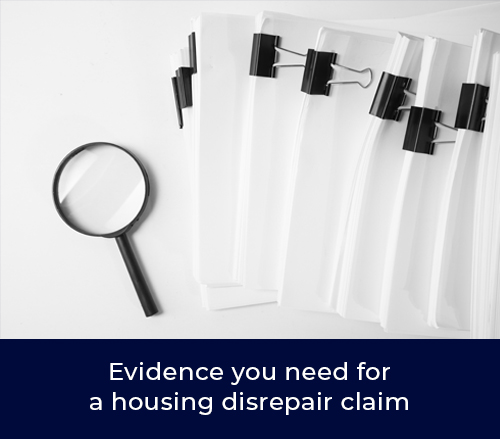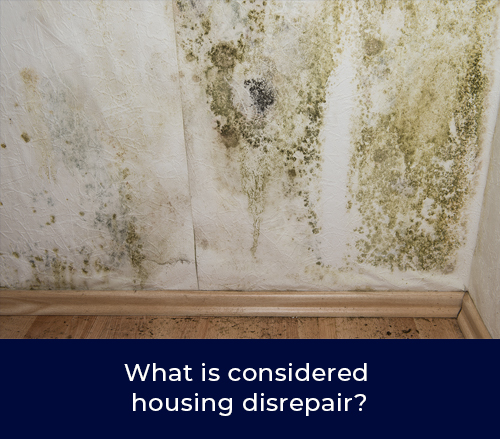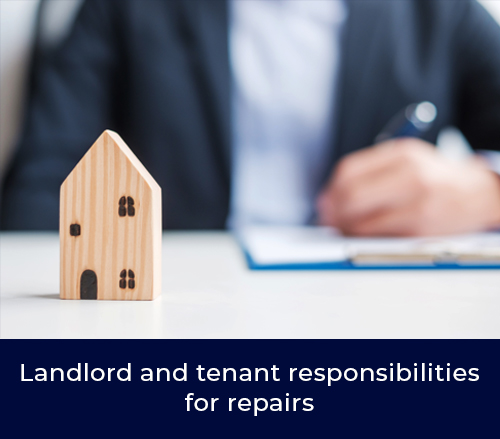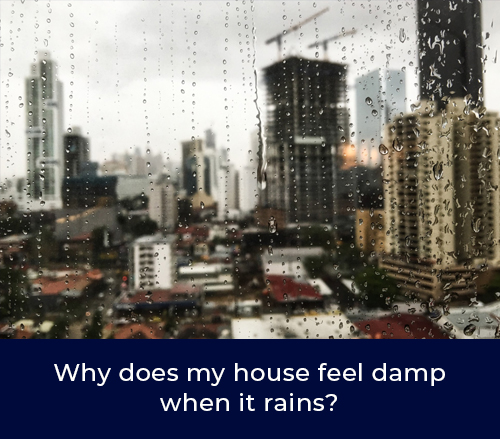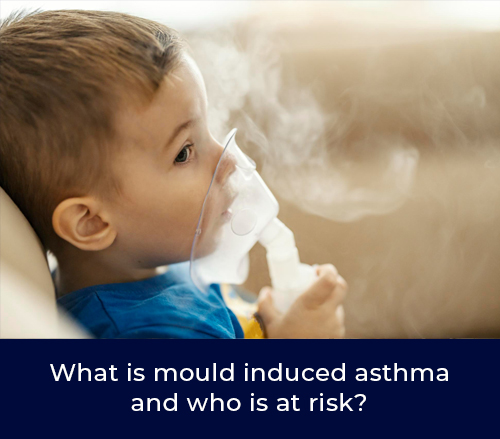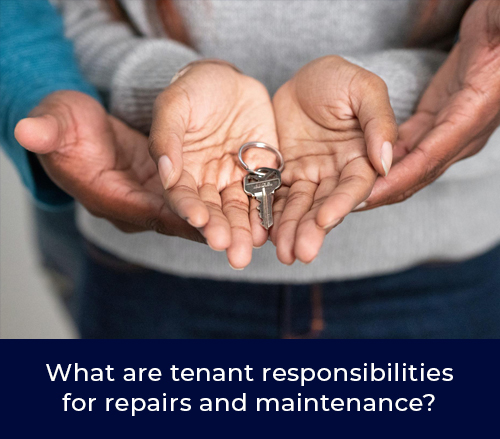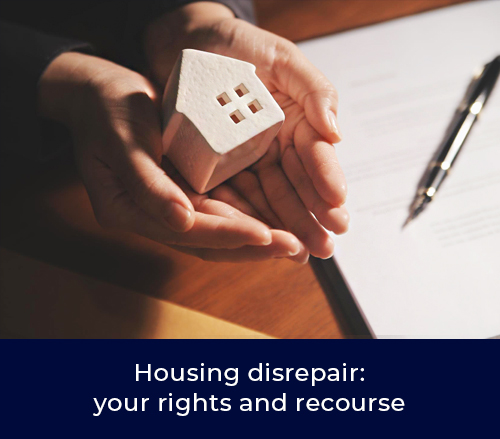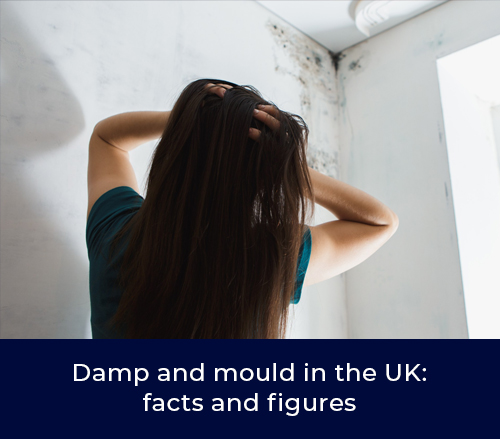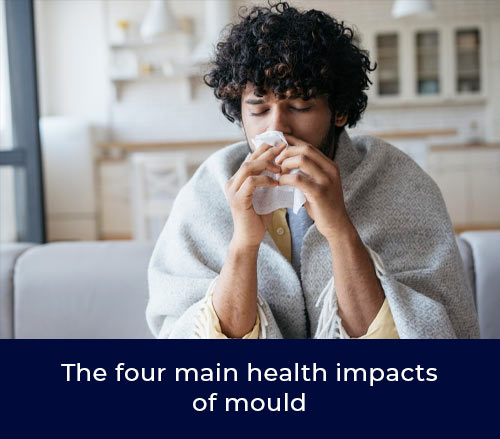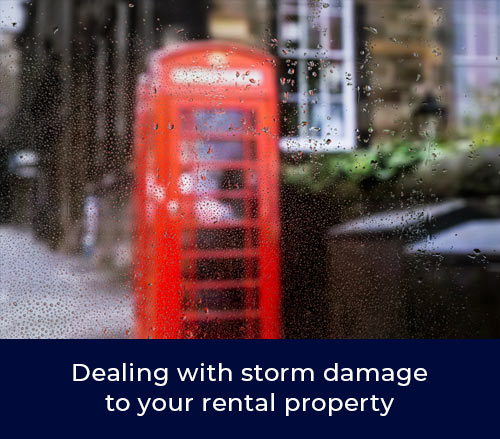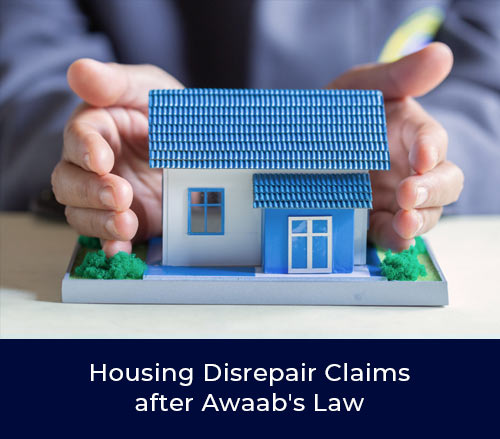Damp and mould in the UK: facts and figures
Damp and mould are common issues in private, social and rented homes throughout the UK. They can cause health problems and damage to property if left untreated. However, this is often a widespread problem found in social housing.
Key statistics
The Regulator of Social Housing (RSH) estimates that between 3-4% (120,000 to 160,000) of England’s four million social homes have notable amounts of dampness and mould or category three hazards. Between 1-2% (40,000 to 80,000) properties have serious category two damp and mould hazards, as assessed by the Housing Health and Safety Rating System. Around 8,000 homes have the most serious category one hazards, which implies a serious and immediate threat to health.
The Housing Ombudsman has also reported nearly 4,000 complaints of dampness and mould so far in 2022-23, with two months of the financial year remaining. Reports are already exceeding last year’s figure of around 3,500, which itself was a 77% rise in the number of complaints received in 2020-21.
Some notable key statistics on damp and mould in homes include:
- Over half (58%) of privately rented households in England have damp, mould, or excessive cold.
- 8% of homes in England have some form of damp problem.
- The NHS estimates it could save £38 million per year on treating patients with damp and mould-related illnesses if damp problems were rectified.
- The Housing Ombudsman received a 99% increase in complaints relating to damp, mould, and water leaks in social housing from 2021 to 2022.
- People living in homes with EPC ratings of D-G are 73% more likely to live with dampness and 89% more likely to experience excessive cold than those with EPC ratings of A-C.
- 40% of renters say they have felt stressed because of dampness, mould, and excessive cold in their homes.
- Private tenants can claim compensation worth 25-50% of their rent payments if their homes are affected by damp and mould.
Negative health effects of damp and mould
Damp and mould growth within the home environment can cause several health problems, especially in people most at risk of developing health problems from exposure to them. For example, children are more at risk of health problems because their immune systems are not fully developed.
People with allergies are more likely to have an allergic reaction to mould spores, and people with respiratory problems such as asthma and bronchitis are more likely to experience symptoms when exposed to damp and mould. People with weakened immune systems, such as those with cancer or HIV/AIDS, are also more likely to get sick from exposure to damp and mould.
Exposure to damp and mould in the home can cause a range of health issues, such as:
- Respiratory problems: Damp and mould can trigger asthma attacks and worsen respiratory conditions such as bronchitis and pneumonia. They can also cause new respiratory issues such as wheezing and coughing.
- Allergies: Mould spores can trigger allergic reactions in some people, causing symptoms such as sneezing, a runny nose, and itchy eyes.
- Skin problems: Mould can also cause skin problems such as eczema and dermatitis.
- Eye problems: Mould can irritate the eyes and cause conjunctivitis.
- Headaches: Exposure to damp and mould can also cause headaches, fatigue, and nausea.
- Mould poisoning: In rare cases, mould exposure can lead to a serious illness called mould poisoning. Symptoms of mould poisoning can include fever, chills, muscle aches, and respiratory problems.
How SilverOak Solicitors can help
If you are a tenant living in a rented home from a council or housing association that is affected by dampness and mould, and your landlord has failed to make necessary repairs, we can help you understand your rights and options and take the steps needed to get the problem fixed. You may be eligible for legal help and compensation.
To be eligible for help for compensation from SilverOaks Solicitors, you must:
- Be renting your home from the council or a housing association.
- Be up to date with your rent payments.
- Have reported the disrepair to your landlord.
- Your landlord has failed to repair the issue within a reasonable time.
Contact our team to discuss your situation, and we can advise on your next step. We can help by working with your landlord to make all necessary repairs for your property to make it a healthy environment for you and your family.
We can also help you claim compensation to cover the costs of replacing any damaged belongings affected by dampness or mould. If you need to be moved out of your property while work takes place, we can help to ensure you are covered for any loss of rent or temporary accommodation costs. We can take care of all the legal work to claim compensation for any health problems caused by the dampness and mould in your home.
It can help your case if you can gather evidence to support your claim, such as:
- Keep records of all correspondence with your landlord, including letters, emails, and phone calls.
- Take photos of the mould and any damage it has caused.
- Get a copy of your tenancy agreement and read it carefully.
If you are affected by mould in your rented home, it is essential to act quickly. Contact us today to discuss your case.
Get in touch with one of our disrepair experts
Use the online chat on our website
Call us on 020 8578 7778
E-mail us contact@silveroaksolicitors.com
Visit us at our office. We are open Monday-Friday 9am - 5.30pm
When you first contact us, we will ask for some initial details, including your contact information and the nature of your enquiry. You can be assured that everything you discuss with us will be completely confidential, and any information stored by us will be in accordance with UK data protection regulations.



